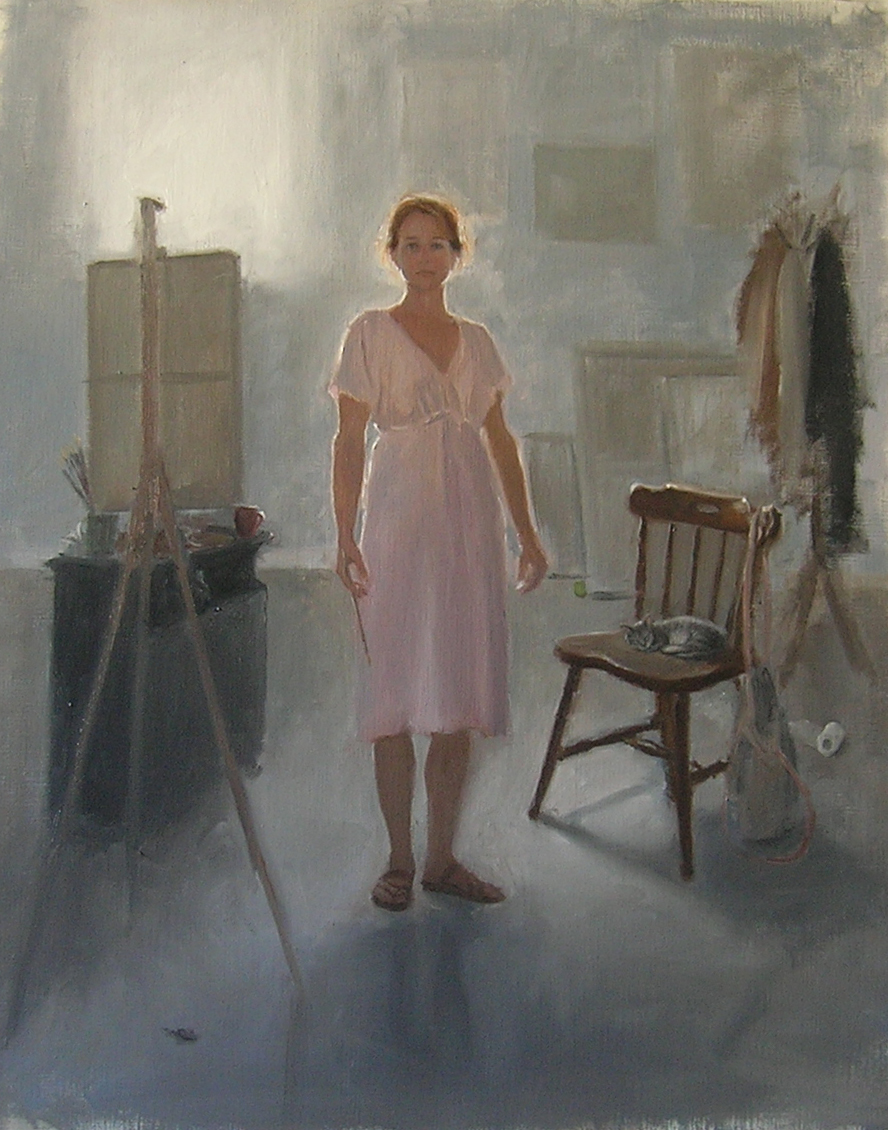I have been soooo busy the last few months on things that required my absolute focus – such as making my wedding dress, teaching, and preparing for an upcoming solo exhibition. I was literally up to my eyeballs in yards and yards of ivory silk, wool and cream, and I discovered some truly wonderful people and places in the process. I am now returning more full-time to the world of paint just when spring has begun in the most glorious fashion, and I am hoping that I will have a little more time for writing about painting.

The Palace of Donn’Anna, Naples, Jules Coignet 1843




One of the images constantly in my mind’s horizon is that of Mount Vesuvius, my next-door neighbor. For those of you who have never been to Naples and have heard rumors about how “dangerous” it is, be aware that the real danger is Vesuvius – a silent fountain of “rebirth” from which gushes the thrills, the fire, the dust, the goosebumps and the chaos that form Naples today, a modern city perched on a delicate historical tapestry. The experience is invigorating and intoxicating for an artist, a true adrenalin rush similar to that first enormous crush. But when in Naples, do as the Neapolitans do: Don’t worry about it. Let it overwhelm you, and in the meantime, if you can concentrate on getting some decent painting done, someday someone might really appreciate it.
Here below are some images/fantasies inspired by the presence of this potent volcano, a little tribute to “playing with fire.”
Artists featured in alphabetical order include: August Wihlem Julius Ahlhorn, Henry Brokman, Achille Carelli, Henri Carr, Franz Ludwig Catel, Edward William Cooke, Jules Coignet, Christopher DiPietro, Johan Christian Claussen Dahl, Robert Dukes, Robert S. Duncanson, Jacob Philipp Hackert, Alessandro La Volpe, Heinrich Reinhold, Charles Remond, Kajetonas Sklėrius, Gustaf Soderberg, Joseph Mallord William Turner, Pierre Jacques Volaire, Michael Wetzel, Joseph Wright of Derby, Michael Wutky

























































